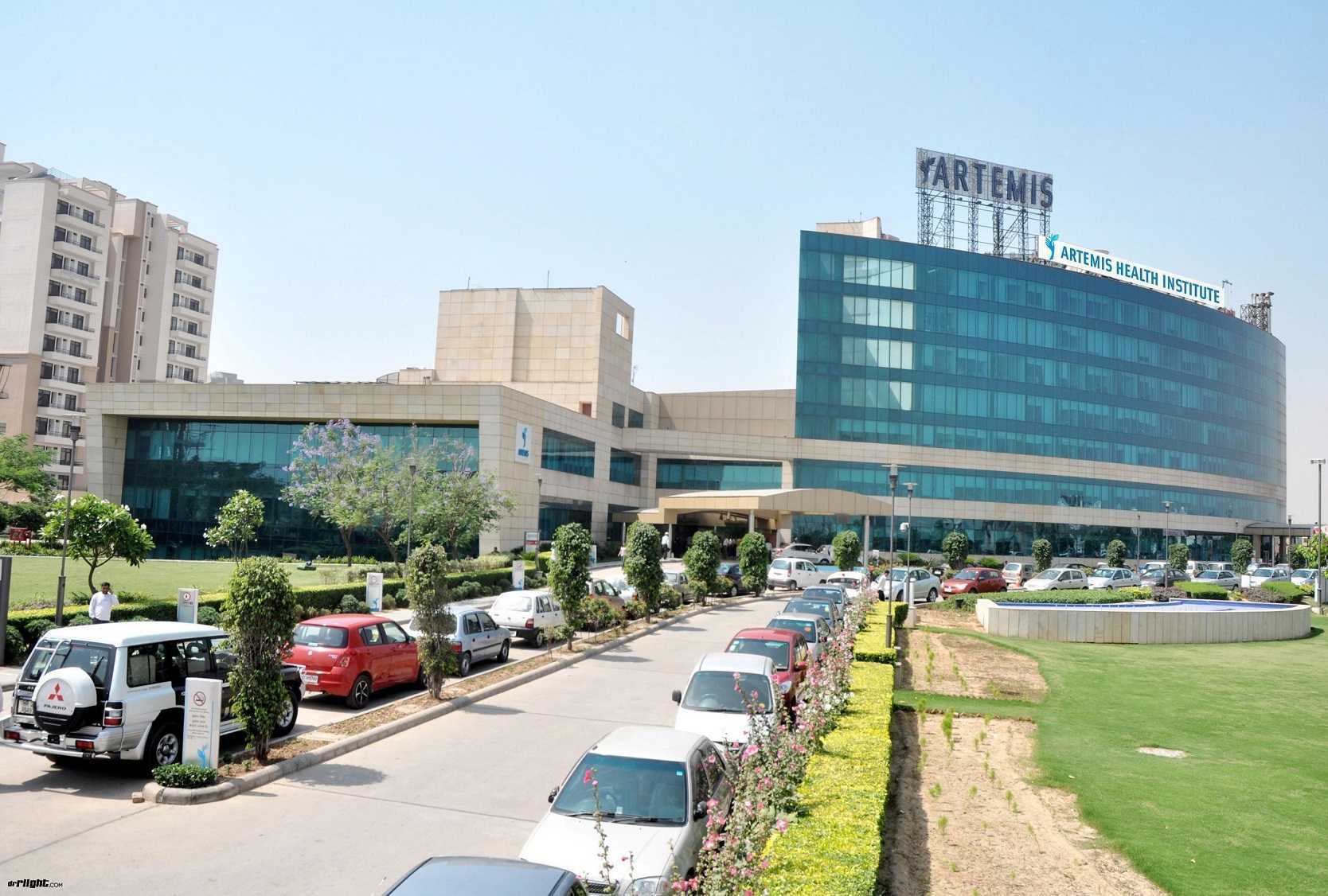1 Type Diabetes: Nature and Treatment Methods
Type 1 diabetes – pathology consisting in the pancreas inability to produce insulin or produce it in small quantities. Insulin is necessary for energy production, saturating cells and maintaining their normal functioning.
Mostly, type 1 diabetes manifests itself in patients in childhood. It’s an incurable illness, the therapy for which is aimed at regulating blood sugar rates as much as possible.
Type 1 diabetes causes
Exact roots of pathology occurrence and development haven’t been identified. In many cases, immune system malfunctions, forcing it to mistakenly identify insulin-producing cells as hostile. Consequently, the immune system begins to actively hit them, harming the pancreas. Other reasons include the following:
- genetic predisposition;
- infectious impact;
- adverse environmental conditions.
Speaking about risk factors, it should be noted:
- pathology presence in family anamnez;
- age category 4-7 and 10-14;
- geographical factor – disease is more common as far as the distance from the equator.
Type 1 diabetes symptoms
Diabetes type 1 signs aren’t observed immediately and manifest themselves quite suddenly.
- Frequent urge to urinate.
- Heavy thirst and incredibly intense hunger.
- Urinary incontinence at night.
- Unreasonable weight loss.
- Behavior and mood changes, irritability without a visible focus.
- Vision problems – foggy and blurry.
Diabetes Type 1 diagnosis
If doctors suspect type 1 diabetes, they order blood tests to check sugar levels. Additionally, urine tests are ordered to check for sugar and abnormal chemical presence – it happens when there’s insulin deficiency.
Treatment type 1 diabetes
Patients suffering from pathology need to constantly control blood glucose levels. In case of deviation from norm, patients need to inject insulin.
You can make an injection yourself – a syringe and insulin vial should always be with the patient. They are small enough you can always carry them with you. There are syringes already pre-filled with insulin for direct injection. There’s another injection type – through the respiratory tract using a small tube and pump.
In type 1 diabetes, patients need to adjust their lifestyle in some way, particularly, pay attention to the following.
- Active physical exercise on a daily basis.
- Balancing insulin ingested and food consumed – individual nutrition plan balanced and based on your specific needs.
- Patients are encouraged to constantly raise their awareness. For example, if you suddenly feel hungry, you can snack on carbohydrates that prevent insulin levels from getting too low.
- If blood sugar is too high, stop exercising for 1-2 days and get tested for ketones.
Type 1 diabetes complications
If the illness isn’t properly controlled, complications are as follows.
- Development of heart pathologies and vascular diseases – there’s great probability of blood clots formation.
- Skin defects – patients are more prone to contracting fungal viruses; rashes and blisters appear.
- Gums illnesses.
- Difficulties in pregnancy – birth of children with defects, premature birth, etc.
- Pathologies affecting the kidneys.
- Nerve cells damage or death.
Additionally, patients with type 1 diabetes feel frequent weakness in legs, bouts of vomiting and nausea.










